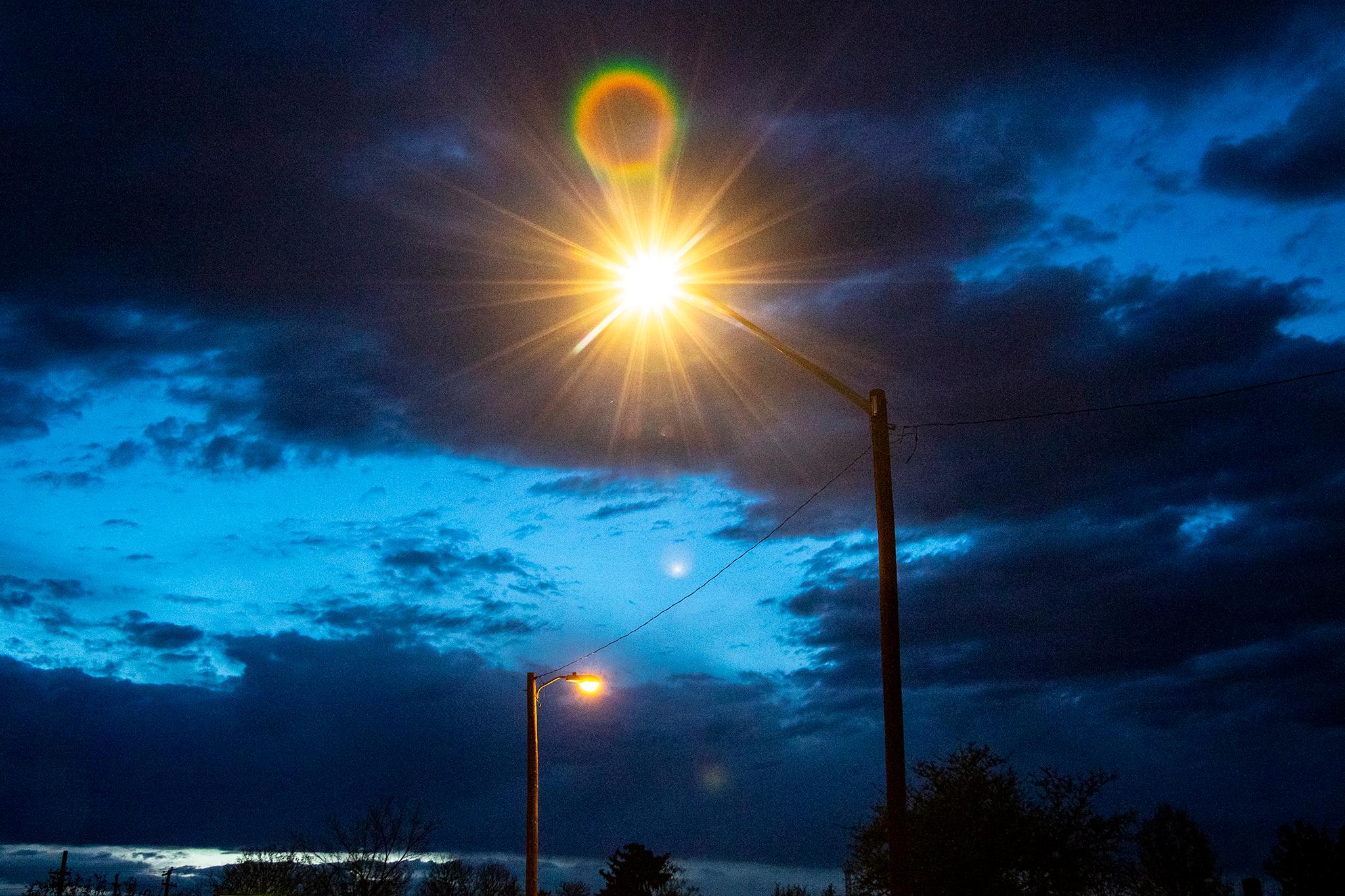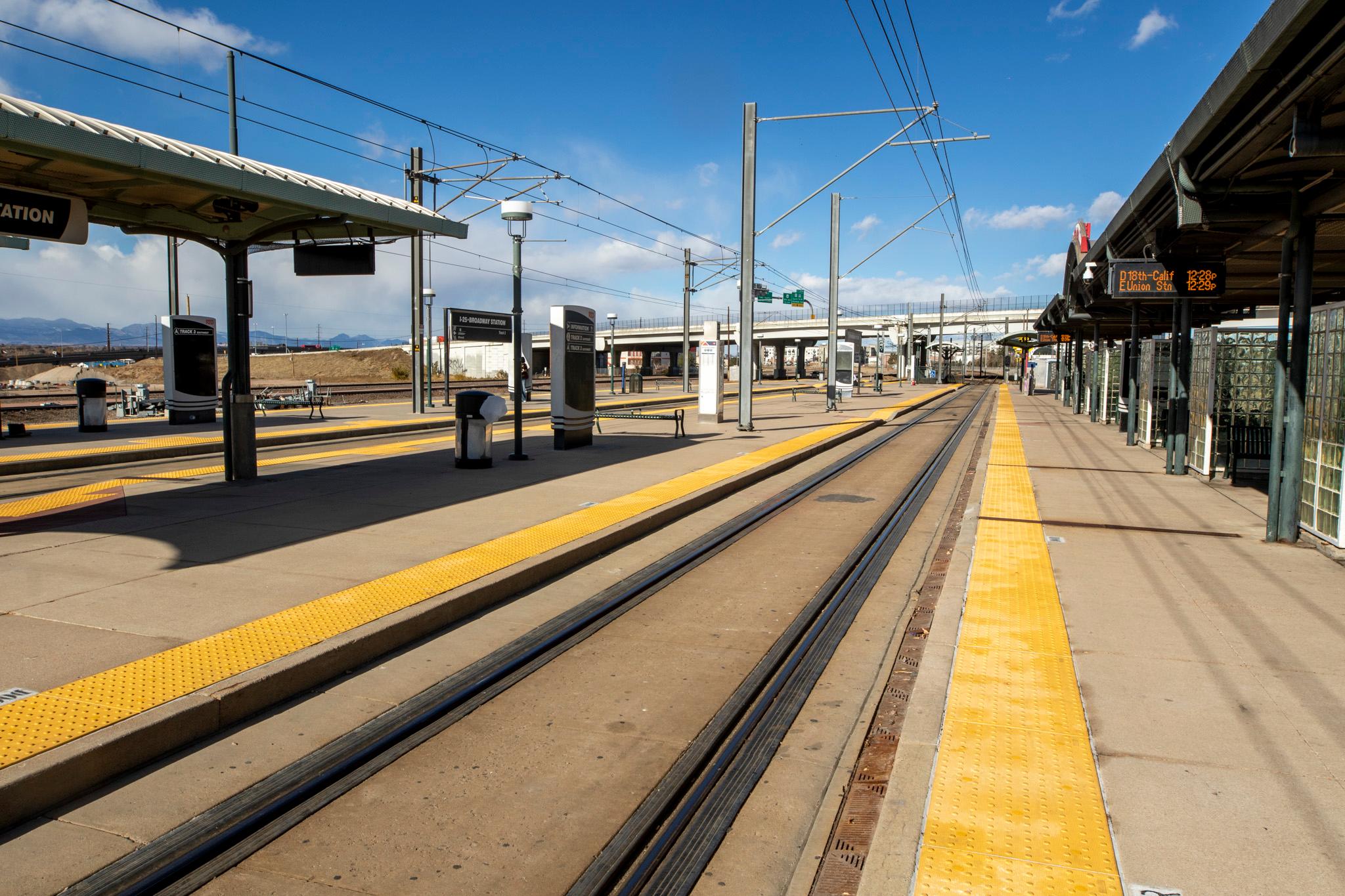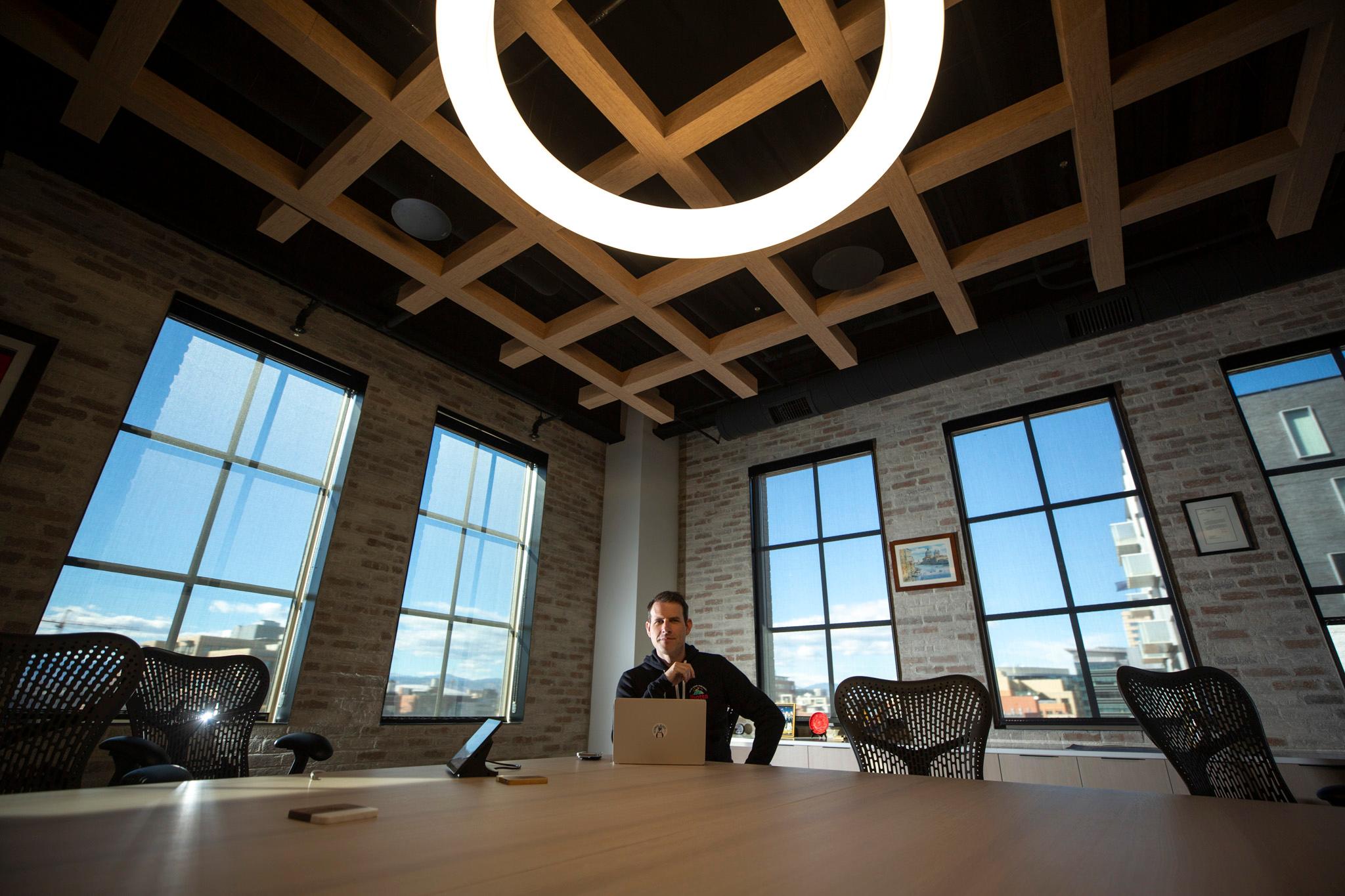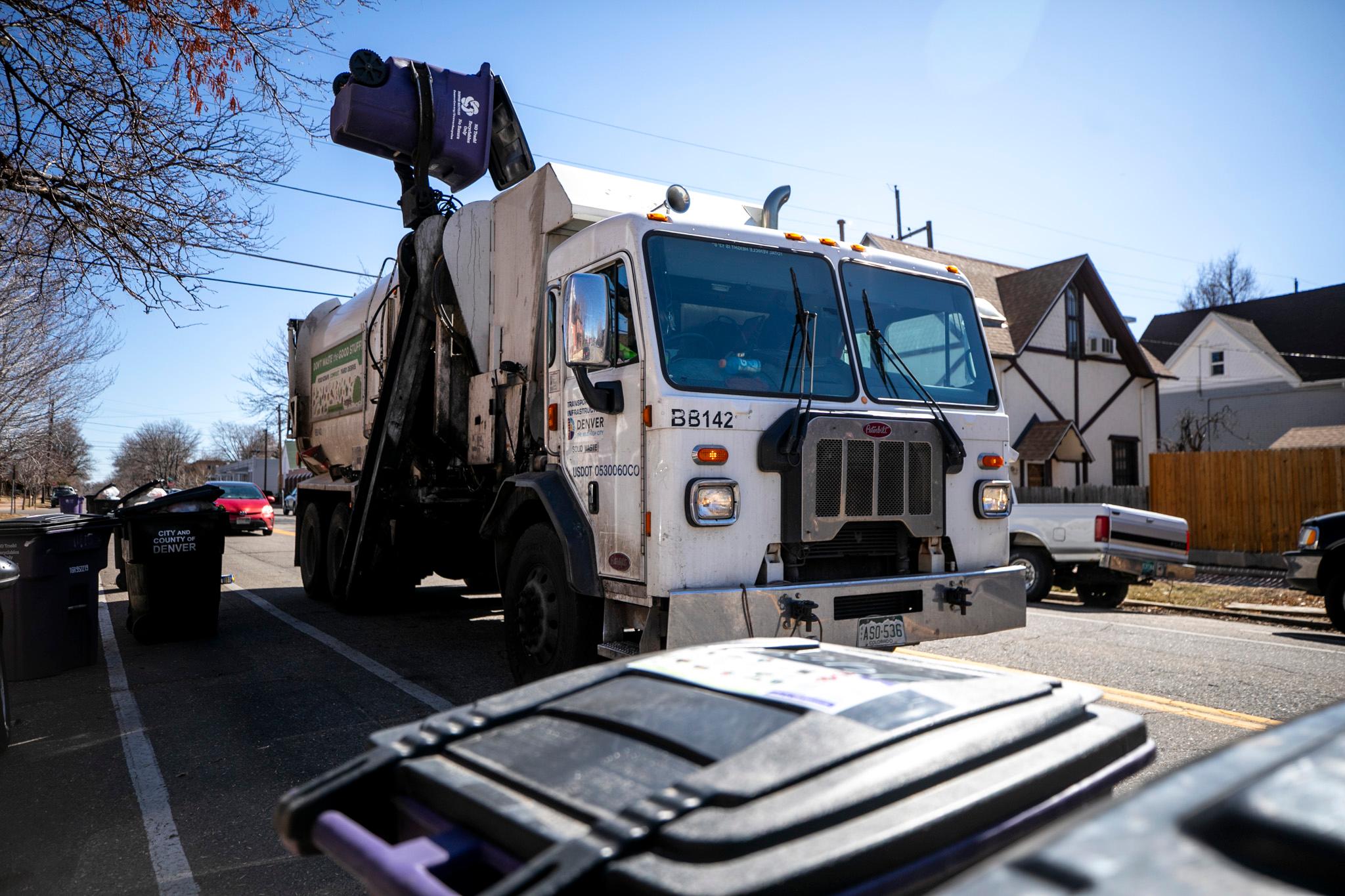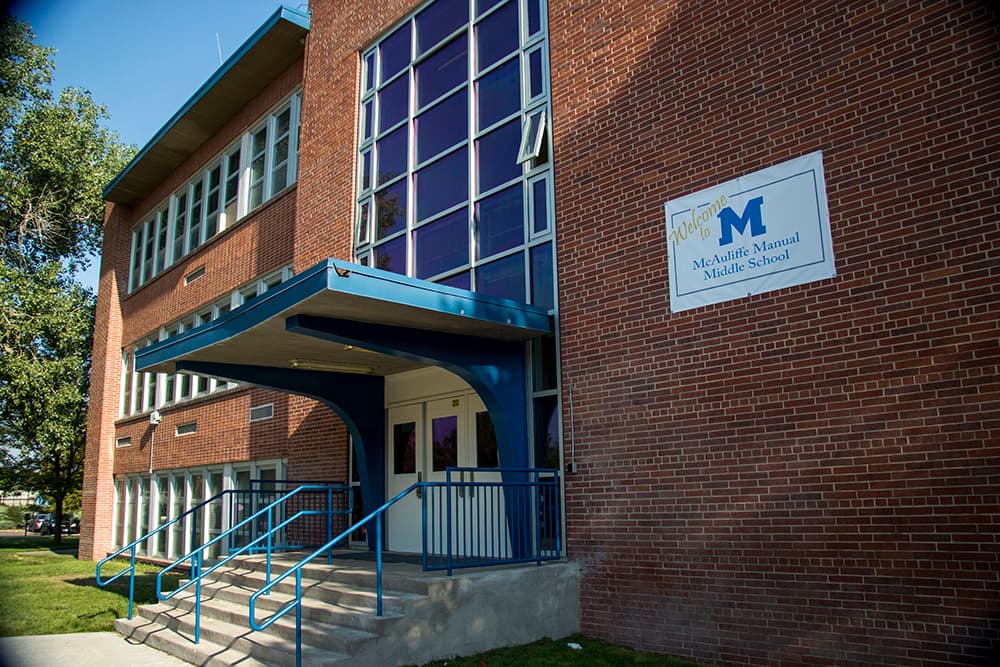Denver and Xcel Energy are in the midst of upgrading 44,000 streetlights to light emitting diodes, or LEDs, across the city, and so far locals seem to like them or feel ambivalent -- if they notice at all.,
Change can elicit controversy, but not this one, as far as Denverite can tell. We trekked around Berkeley, where Xcel installed some of the brighter, whiter, more efficient lights to see what people had to say.
"Like, to be honest, it's hard to even tell a difference," said Amber Swaim while walking down 44th Avenue after dark, under the lights. Swaim and Spencer Maclcom said they walk their dog at night and haven't noticed a thing.
Eddie Jimenez noticed because he works on Tennyson Street and says the LEDs make him feel safer.
"It's just much better because I walk all the time," Jimenez said
But everyone else Denverite spoke with had no idea -- not Miranda King, who meets friends all the time on Tennyson, not Mallory Vincent or her partner Tom Armstrong, who said he loves the idea of LEDs because he nerds out on "smart city technology" for a living.
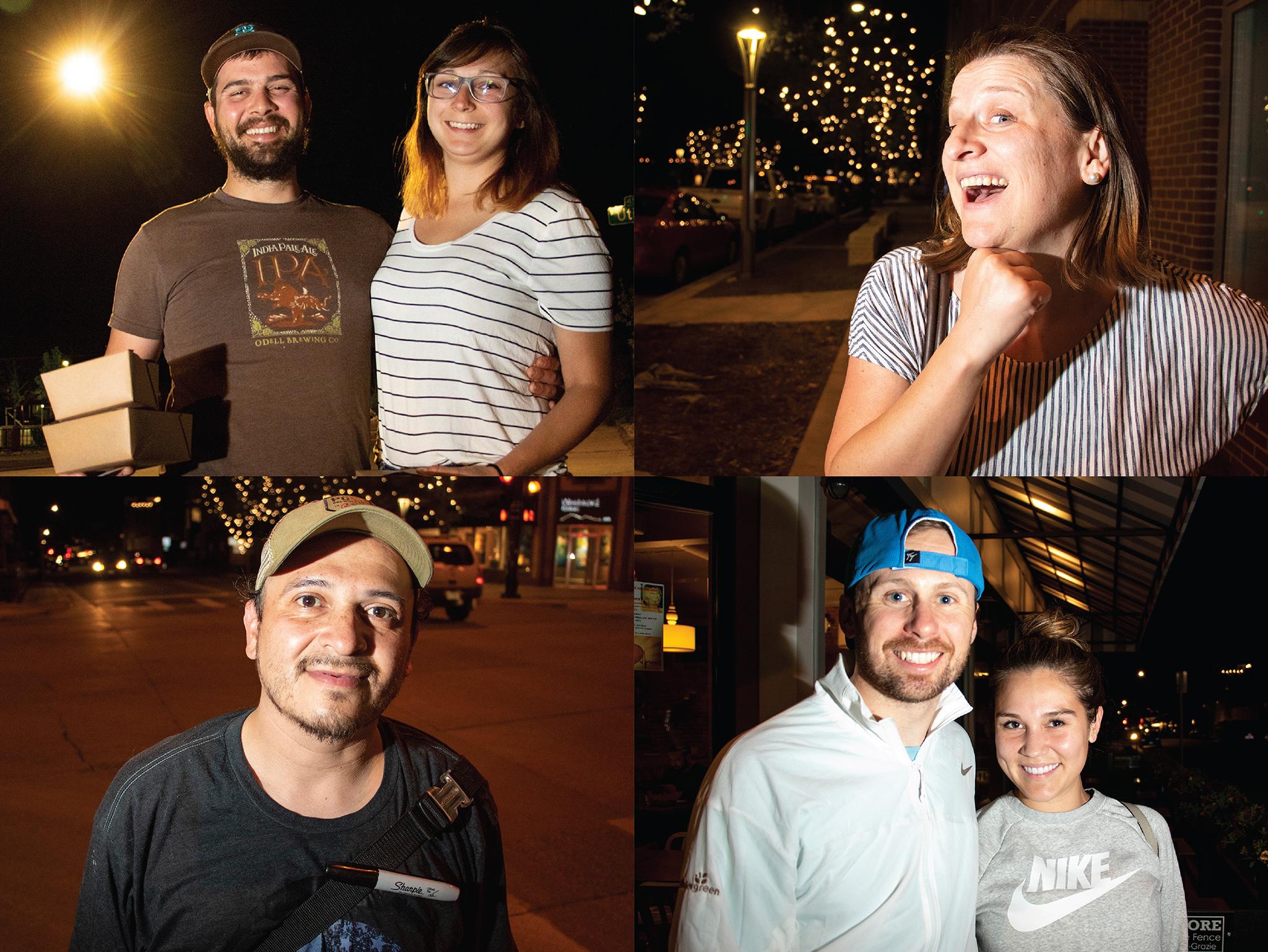
"For me, LED lights are a huge improvement for energy efficiency over incandescent or whatever they're called," Armstrong said. "High-pressure sodium is not sustainable and also not attractive in my opinion. So I think it's a big improvement."
The LED lights will cut Denver's energy use in half and save $500,000 a year after all 44,000 lights are installed, according to Xcel.
(Disagree with your neighbors about the new lights? Let's hear it: [email protected].)
We also learned there is an International Dark-Sky Association and something called a "BUG score" that informed the decision to install the LEDs.
Contrary to our hope, a BUG score is not a Yelp review for bugs looking for the best lights to commune around. It's a way to categorize LED lights. B-U-G stands for backlight, uplight and glare, which refer to the direction of light pollution.
Denver's new lights have a very good BUG rating, with no light escaping upward. Light pollution manages to sneak about five or six feet behind the LED street lamps, but other than that, the light cannot meander far from its downward target, said Bob Schommer, senior operations manager for Xcel Energy.
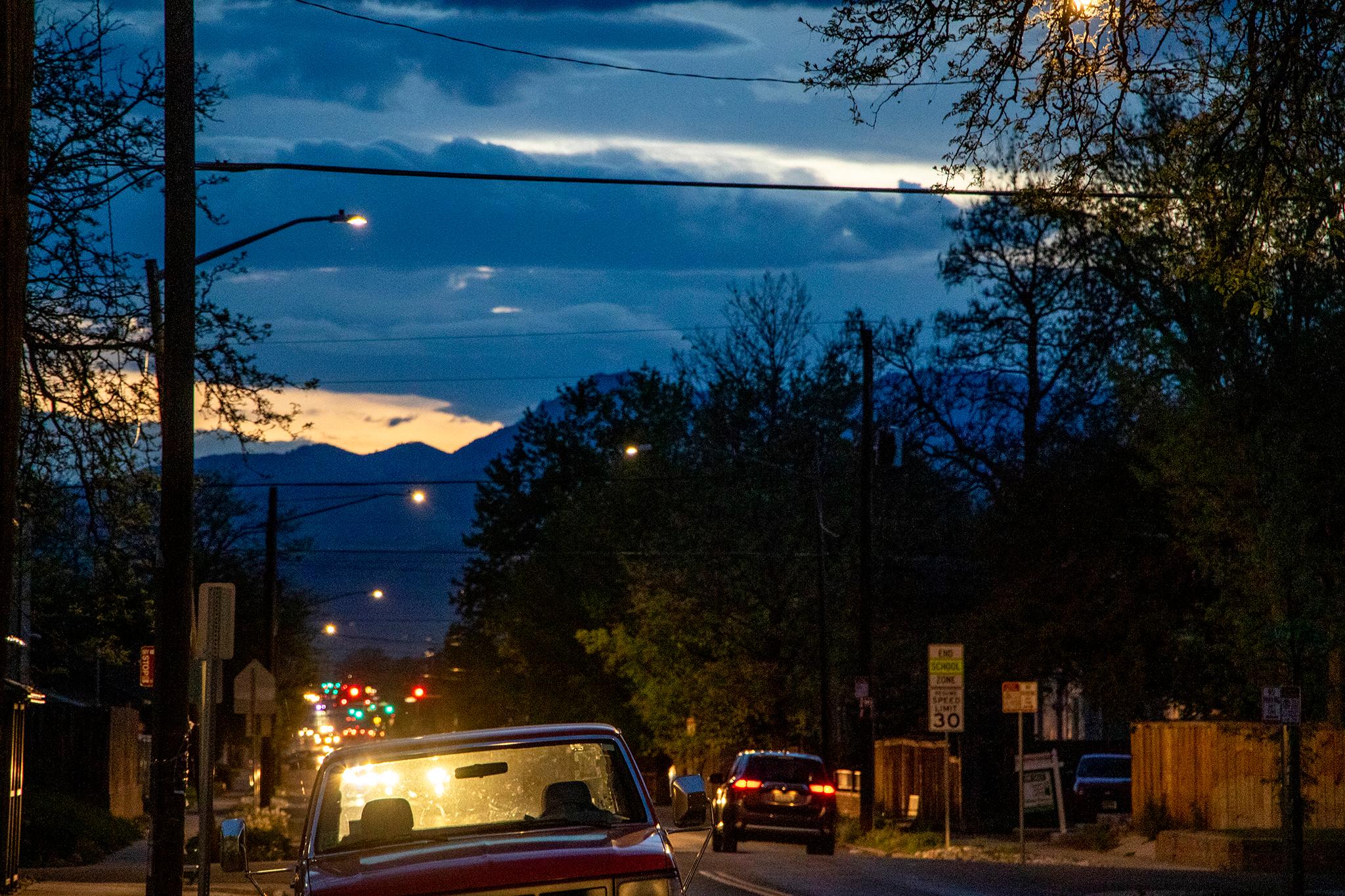
"High-pressure sodium, the old lights, there would be a lot of wasted light going up to the sky and off to the side," Schommer said. "All the light focuses right on the street, right where we want it."
The lights are so modern, he said, that they align with standards set by the International Dark-Sky Association, which aims to reduce light pollution around the world. This is an organization that really wants people to be able to see the stars.
Denver's LEDs are kosher according to the American Medical Association too, which published a paper in 2016 concerned with blue LED lights hurting people's eyes. Denver's are more on the white-yellow scale -- around 3,000 kelvins for those keeping count at home.

